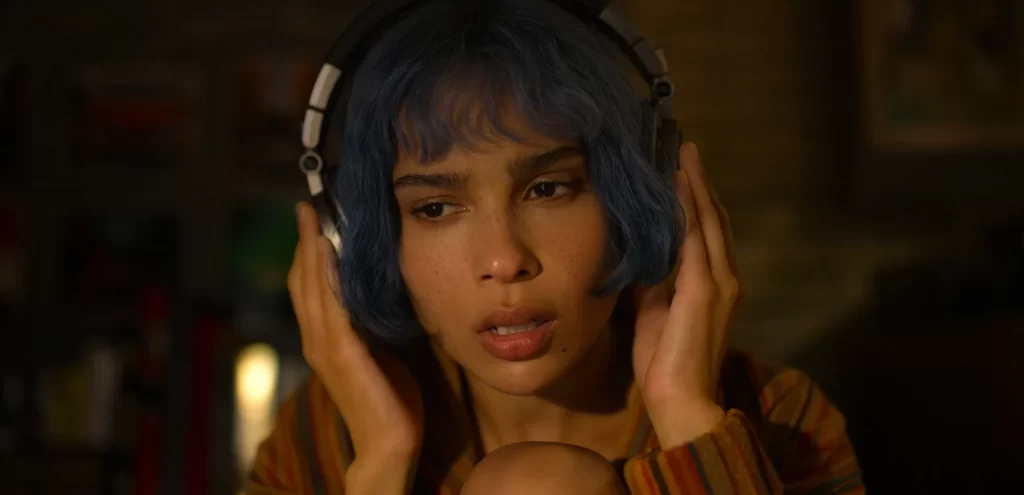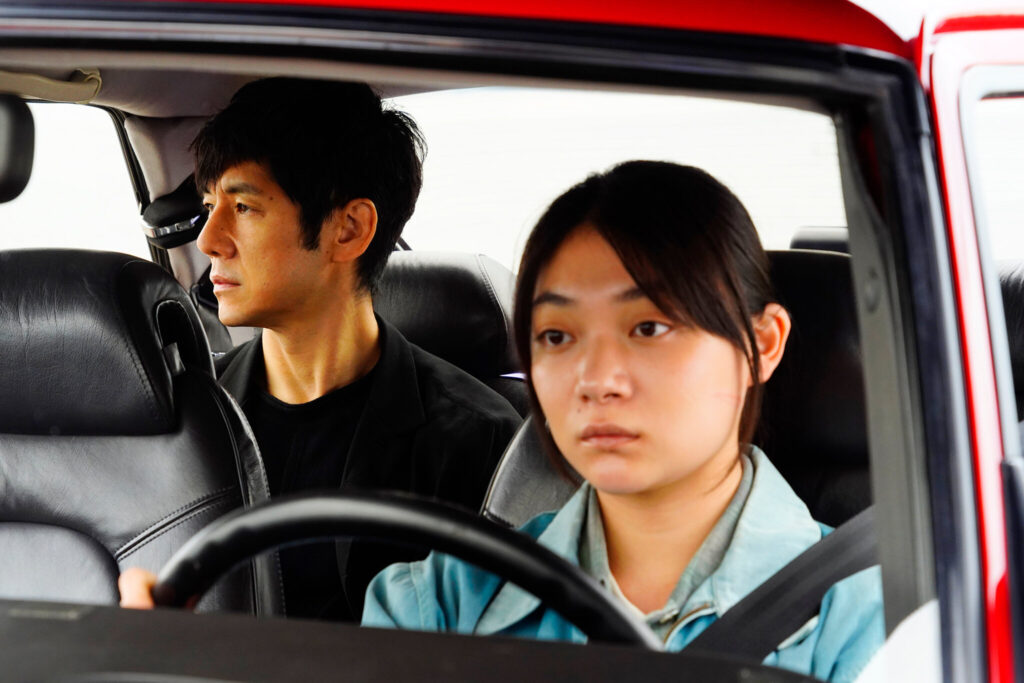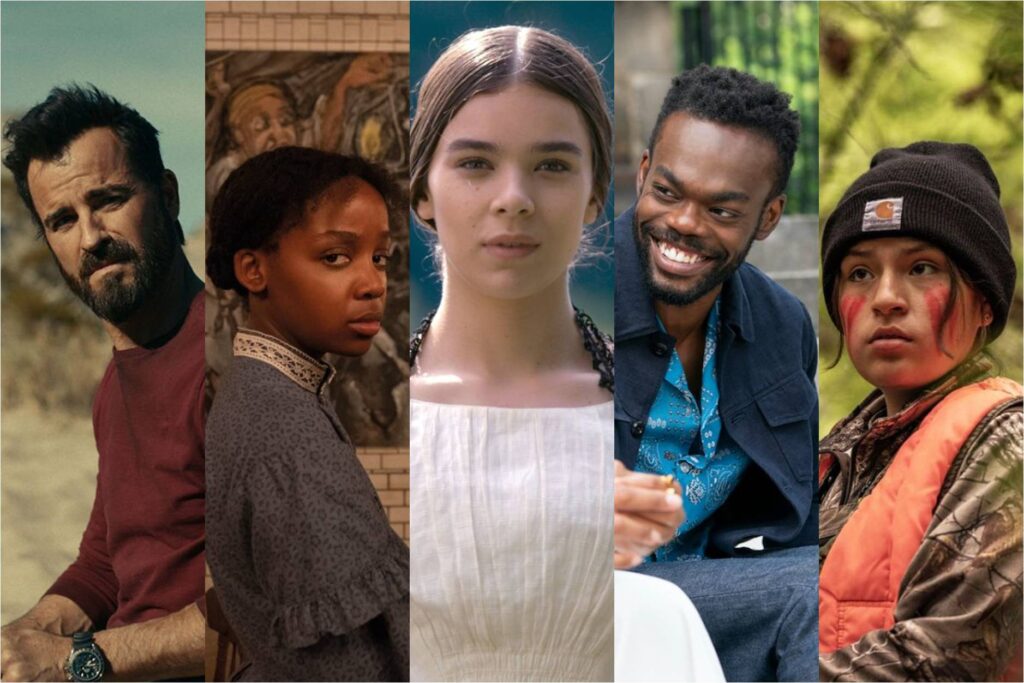Cyrano: A Nose by Any Other Name

In the eighth-season finale of Seinfeld, Jerry and George are again bemoaning their inability to sustain a functioning relationship when the latter seizes on the concept of a “relationship intern”—a way of combining forces and channeling them into a single partnership. “Maybe the two of us, working together at full capacity, could do the job of one normal man,” George hypothesizes. This is a very funny conceit that also bears more than a cursory resemblance to the plot of Cyrano de Bergerac, the Edmond Rostand play in which a disfigured poet invisibly assists a dimwitted beefcake in his pursuit of a beautiful woman. Showing us a hero, Rostand wrote us a tragedy, but the comedy inherent in his premise has proved irresistible for American studios, which time and again—in the 1987 Steve Martin vehicle Roxanne, in the poorly regarded 2000 teen flick Whatever It Takes, in the tender 2020 queer romance The Half of It—have sweetened the original’s heartbreak with dollops of reassuring syrup. Among its many achievements, Joe Wright’s new big-screen adaptation, simply titled Cyrano, honors its progenitor’s abiding despair. It’s a movie full of big, bold emotions—lust and love, anger and hunger, jealousy and solidarity—but most of all, it is profoundly sad.
This isn’t to say that the picture is unduly dour or moribund. To the contrary, Wright has leveraged his considerable technical skill—alongside the contributions of his customarily skilled retinue of artisans—to create a spry and dynamic production, one that retains the essence of Rostand’s text while also updating it with lush cinematic vigor. This isn’t simply a matter of prettifying the screen, though the costumes and wigs (by Massimo Cantini Parrini and Jacqueline Durran) are appropriately fabulous, while Sarah Greenwood’s striking production design imbues the film with a bold degree of theatricality. Special mention must be made of Seamus McGarvey’s cinematography, which combines light and shadow in intoxicating ways; certain dusky scenes possess an ethereal glow as though the actors are being illuminated less by a lighting rig than by the moon. Yet the most obvious change from the stage version is structural: This Cyrano is a musical. Read More




